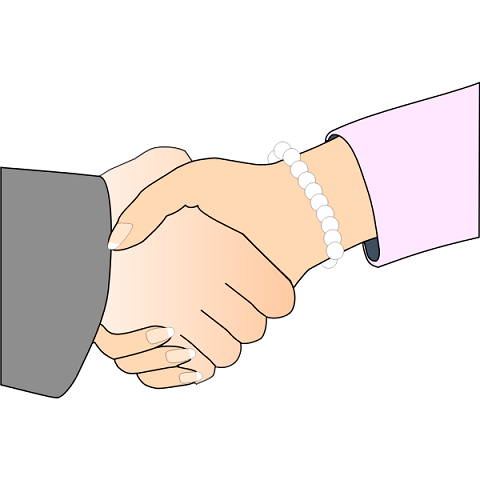An Initial Guide for Drawing Anime & Manga
Guide to Drawing Anime and Manga – Welcome to this introductory guide on drawing anime and manga. Whether you’re just starting or looking to refine your skills, this guide offers essential tips and exercises to help you master the basics of anime-style drawing. Let’s dive into the foundational techniques and practices that will set you on your artistic journey.
Start with Light Line Drawings
When beginning any drawing, it’s crucial to use light lines initially. This approach allows you to easily make adjustments without leaving heavy marks on the paper.
- Why Light Lines? Light lines are easy to erase if you make a mistake, and they require less pressure, reducing hand fatigue. Even in digital art, sketching lightly before refining your lines is beneficial.
- Strengthen Your Arm: Tracing over your initial light lines with darker ones helps improve your control and precision.
Utilize Constructive Guidelines
Guidelines are essential for maintaining proportion and symmetry in your drawings.
- Basic Guidelines: Start by drawing horizontal and vertical lines to help position features like eyes and ears accurately. For example, use a central vertical line to ensure facial symmetry.
- Eye and Ear Alignment: Draw horizontal guidelines across the face to align the eyes and ears properly.
From Large to Small: Structuring Your Drawing
Begin with the overall structure before focusing on details.
- Measure Before You Draw: Ensure proportionality by comparing the sizes of different parts of your drawing. Anime characters often have larger heads in relation to their bodies, so keep this in mind.
- Big Picture First: Start with larger shapes, like the head and torso, then refine with smaller details. This approach prevents proportion errors and makes corrections easier.
Maintain Consistency Across Drawing Phases
Keep different parts of your drawing at a similar level of completion to ensure uniformity.
- Sequential Detailing: For example, sketch the outline of both eyes before detailing the irises. This helps you spot and correct asymmetries early on.
Draw Hidden Elements
Sometimes, drawing elements that will be hidden in the final piece can aid in maintaining correct proportions.
- Invisible Guidelines: For instance, sketch the basic shape of a head even if hair will cover parts of it. This ensures accurate placement of visible features.
Perform Drawing Exercises
Regular practice is key to improving your skills. Here are some beginner exercises that can help:
- Straight Line Practice: Draw horizontal, vertical, and diagonal lines without rotating your paper or tablet. This practice enhances your control and steadiness.
- Curved Line Practice: Draw smooth curves in various directions, focusing on fluidity and continuity.
- Basic Shapes Exercise: Practice drawing shapes like circles, squares, and triangles with single, continuous strokes.
Mixed Drawing Exercises
Combine these exercises to build more complex skills.
- Integrated Shapes: Draw a square, then bisect it with diagonal lines. Add a circle inside, divided into quarters. This exercise helps with precision and visual planning.
Understanding Anime Style
To capture the essence of anime, familiarize yourself with its distinctive features. Many resources and tutorials can guide you in developing an anime or manga style.
- Explore Tutorials: Websites like AnimeOutline offer a variety of tutorials tailored to specific aspects of anime and manga drawing.
Recognize and Correct Mistakes
Improving your drawing skills involves identifying and correcting errors.
- New Perspectives: Flip your drawing upside down or view it in a mirror to gain a fresh perspective. This technique can help you spot mistakes that are otherwise difficult to see.
Conclusion
By applying these tips and consistently practicing the exercises outlined above, you’ll build a solid foundation in anime and manga drawing. As your skills develop, you’ll be ready to tackle more complex subjects and refine your unique style. Enjoy the creative process and happy drawing!





